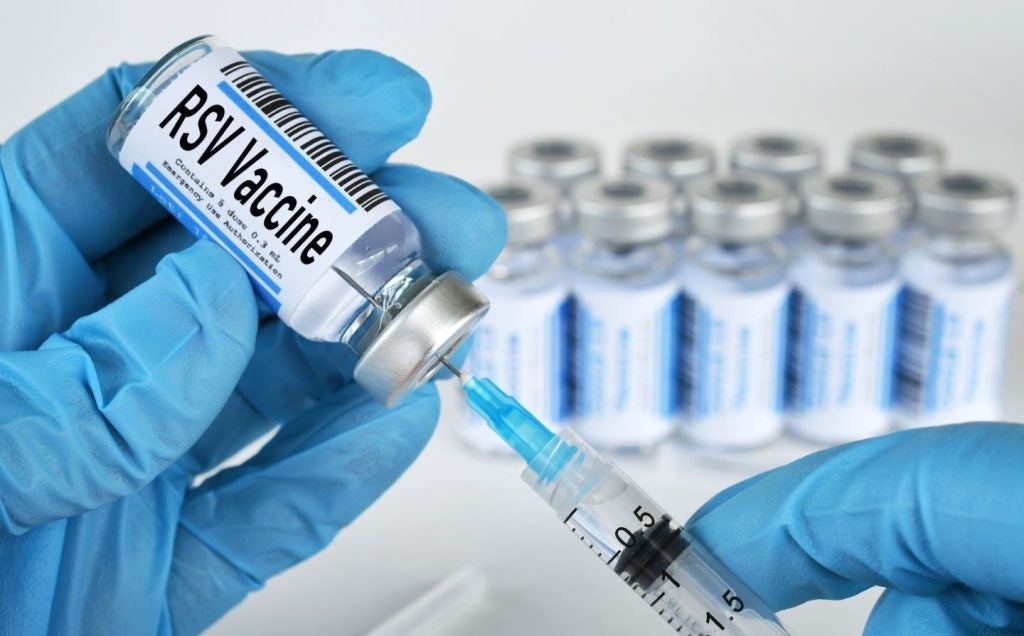There were numerous articles in November 2017 that covered a wide range of topical issues. Here are five of the best stories you might have missed… (click the headline to finish reading the story)
Unlocking the Potential of Risk-Based Monitoring in Oncology Clinical Trials
The purpose of trial monitoring is to ensure the rights and wellbeing of human subjects are protected, and the reported trial data are accurate, complete and verifiable from all source documents. To achieve this purpose, the monitor has nearly 20 tasks (as defined by ICH E6 GCP1), including but not limited to source data verification (SDV). For decades, 100 percent SDV was deemed by pharma as the most effective procedure for achieving high quality data, despite the fact this practice was neither requested by the regulators (and/or applicable guidelines) nor proving effective.
Full Service Outsourcing – Reviewing the Successes and Learnings from a Collaboration in Action
In 2013, an AstraZeneca (AZ) business decision was made to design and implement a new full service outsourcing (FSO) model to deliver around 40 percent of the late-stage development portfolio encompassing interventional studies for all therapeutic areas. A small cross-functional team was established, who used a quality-by-design approach, to ensure the model met the needs of the internal customers (e.g. drug program leads), but was also adaptable to the inevitable changing business requirements.
Postmarketing Considerations for the US
Historically, postmarket surveillance (PMS) has not been an area of focus for many medical device manufacturers. However, recent FDA PMS guidance (2016) has established stringent PMS requirements that have changed that thinking. The FDA is imposing specific requirements for PMS methodology instead of reliance on quality metrics on patient use such as complaints, MDRs etc.
The goal of the new PMS requirements is to identify product safety issues as early as possible, therefore lessening the impact on patient and user safety. Manufacturers face some major compliance challenges due to the introduction of these new PMS requirements. It is critical to understand and integrate the PMS programs into current systems and procedures to maintain compliance with current PMS regulations and guidance.
See Also:
Precision Medicine and the Need for Replication
The promise of precision medicine dictates that we approach disease with a focus on the patient and the patient’s individual characteristics. This patient centric perspective is increasingly possible due to advances in genomic research and the development of highly specific pharmacologic/biologic interventions. If this promise is to be realized we must provide treatments where benefit/risk is optimized and primary outcomes are meaningful to the patient. In this environment, regulators, physicians, and patients must receive robust data sufficient to make therapeutic decisions.
How well do you really know your competitors?
Access the most comprehensive Company Profiles on the market, powered by GlobalData. Save hours of research. Gain competitive edge.

Thank you!
Your download email will arrive shortly
Not ready to buy yet? Download a free sample
We are confident about the unique quality of our Company Profiles. However, we want you to make the most beneficial decision for your business, so we offer a free sample that you can download by submitting the below form
By GlobalDataIndustry Viewpoints: Non-Diluted Funding in Preclinical Research
Henry Kerali: To start with, what is non-diluted funding?
Harold Smith: Non-dilutive funding relates to the capitalization of a company’s efforts by means that do not involve equity. So, what are those sources – your friends and family to name a few. While they may not provide a substantial amount, companies need investments of $1-5million USD or more, meaning they have to turn to stakeholders with enough financial clout.
Most of those stakeholders do not philanthropically give out to biotech companies because they realize the purpose of biotech is to create commercial value. So, what you’re left with are people looking for grants from states, countries and governments – some of which are gifts, while others must be paid back. In the U.S., the best sources of capitalization are federal grants through the National Institutes of Health (NIH).
PHOTO CREDIT: Rob Nguyen







